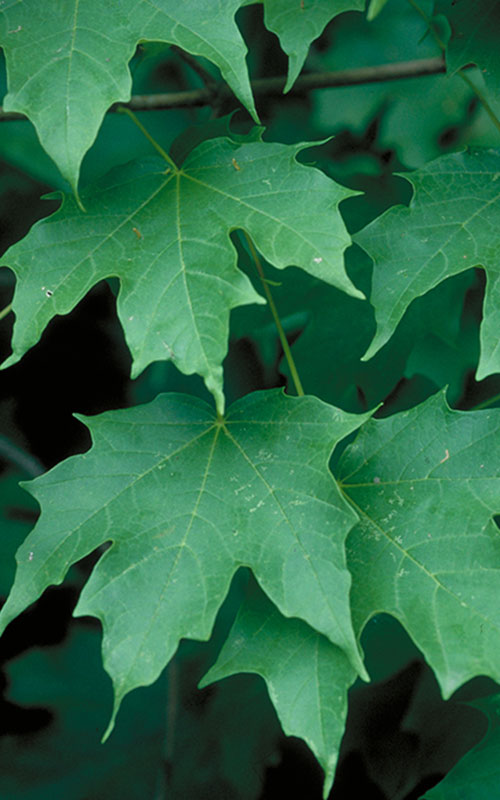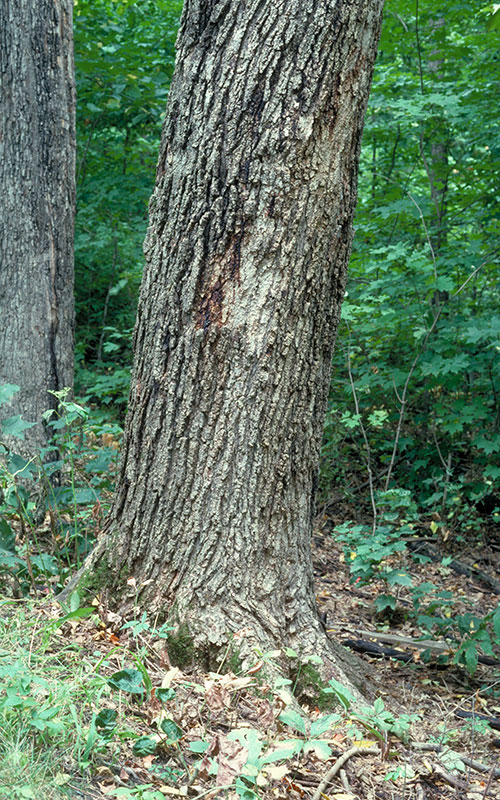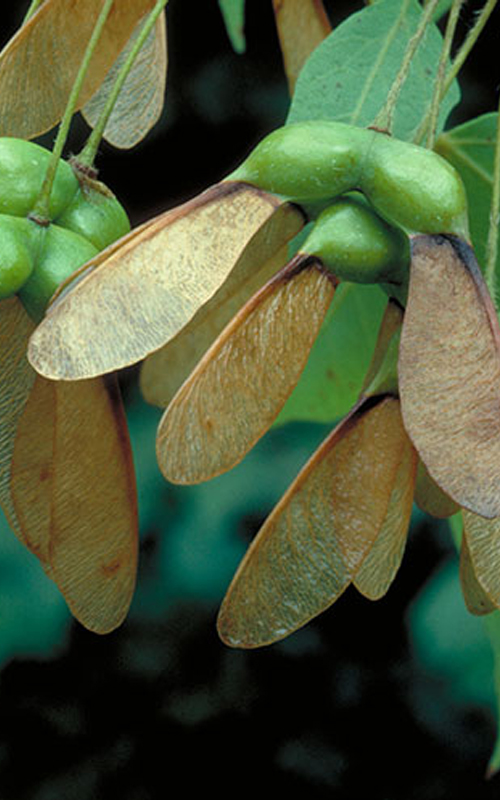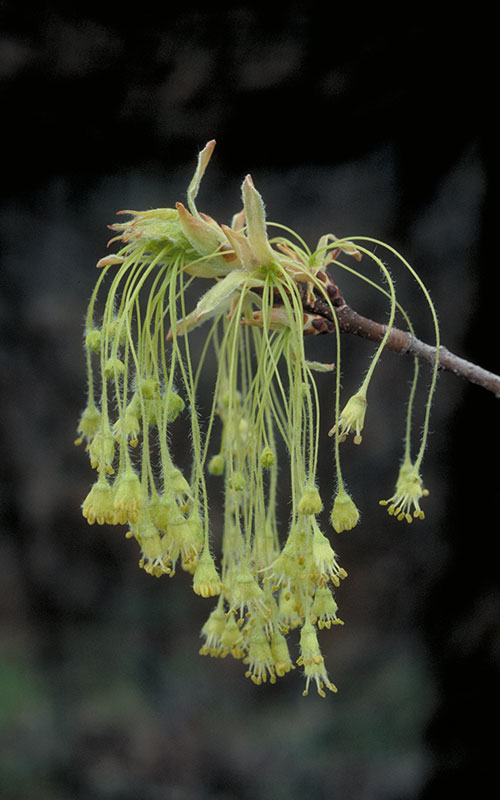Sugar Maple
(Acer saccharum)
Description
-
Usually grow to be around 60-75 ft tall and have a canopy spread of 40-50ft.
-
The Leaves have 5 pointed lobes.
-
The tree has opposite branching (meaning they grow in pairs opposite from each other)
-
The seeds of a sugar maple are called Samara which are more commonly known as “helicopter” seeds
-
When young the bark of the tree is gray and smooth but gets scaly when it matures. Sometimes referred to as shaggy bacon bark.
Habitat
-
Flourishes in well-drained soil and is the dominant tree in the northern hardwood forest
-
The most common place to find Sugar Maple is in Maple-Basswood communities
Range
-
Northeastern United States and Eastern Canada
History
-
Native American groups used to
-
make syrup and sugar.
-
Make furniture and tools
-
Medicinal purposes
-
Current use
-
It is used in a wide variety of applications from furniture to construction, to musical instruments.
-
It is the main tree to tap for maple syrup producing 3.4 million gallons just in the US alone.
-
Plays a very important role in the forest. Their ability to grow leaves that rapidly decay allows the nutrients to be used by decomposers and returned to the ecosystem.
-
Many different animals used the tree as a food source like white-tailed deer, porcupines, birds, and squirrels.
-
The canopy is also used as breeding grounds and nesting locations for birds and squirrels.
Mission
-
Depending on the time of year, sugar maple leaves can change colors. How many different colored maple trees do you see?
-
Find a maple tree that you can wrap your arms around. Now find one that you can’t! How many arm lengths does it take to get around it?
-
Do you see any tree belly buttons? (when a maple tree has been tapped for sap, it will scar over the hole and look like a belly button!)
-
Compare a maple leaf with another leaf you find on the ground. What are some similarities? What are some differences?
Photo Reprinted with Permission, Minnesota Department of Natural Resources
This page was created by a Master Naturalist volunteer. The Minnesota Master Naturalist program is sponsored by University of Minnesota Extension.






